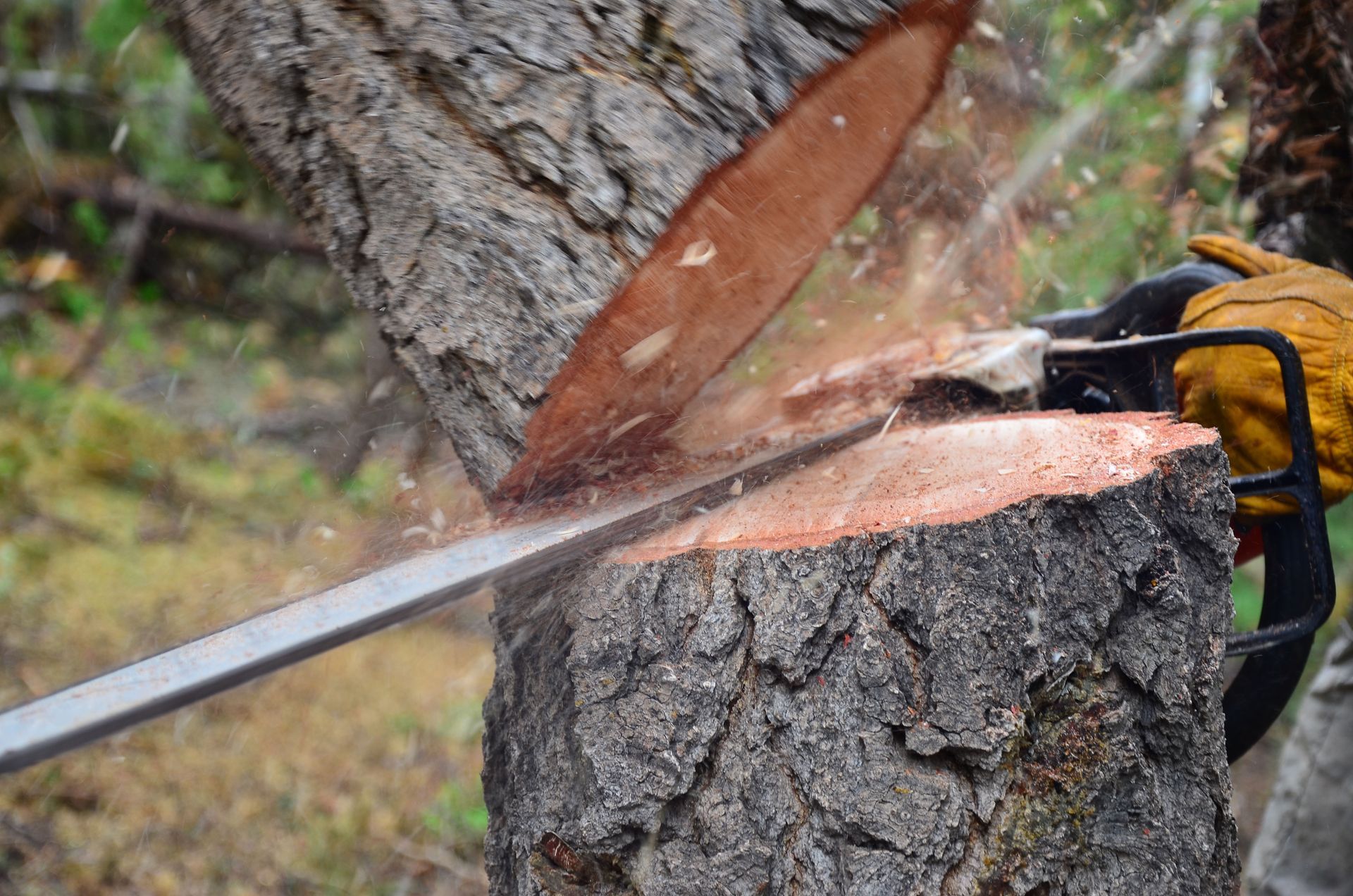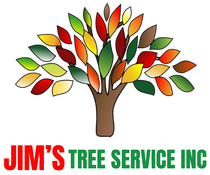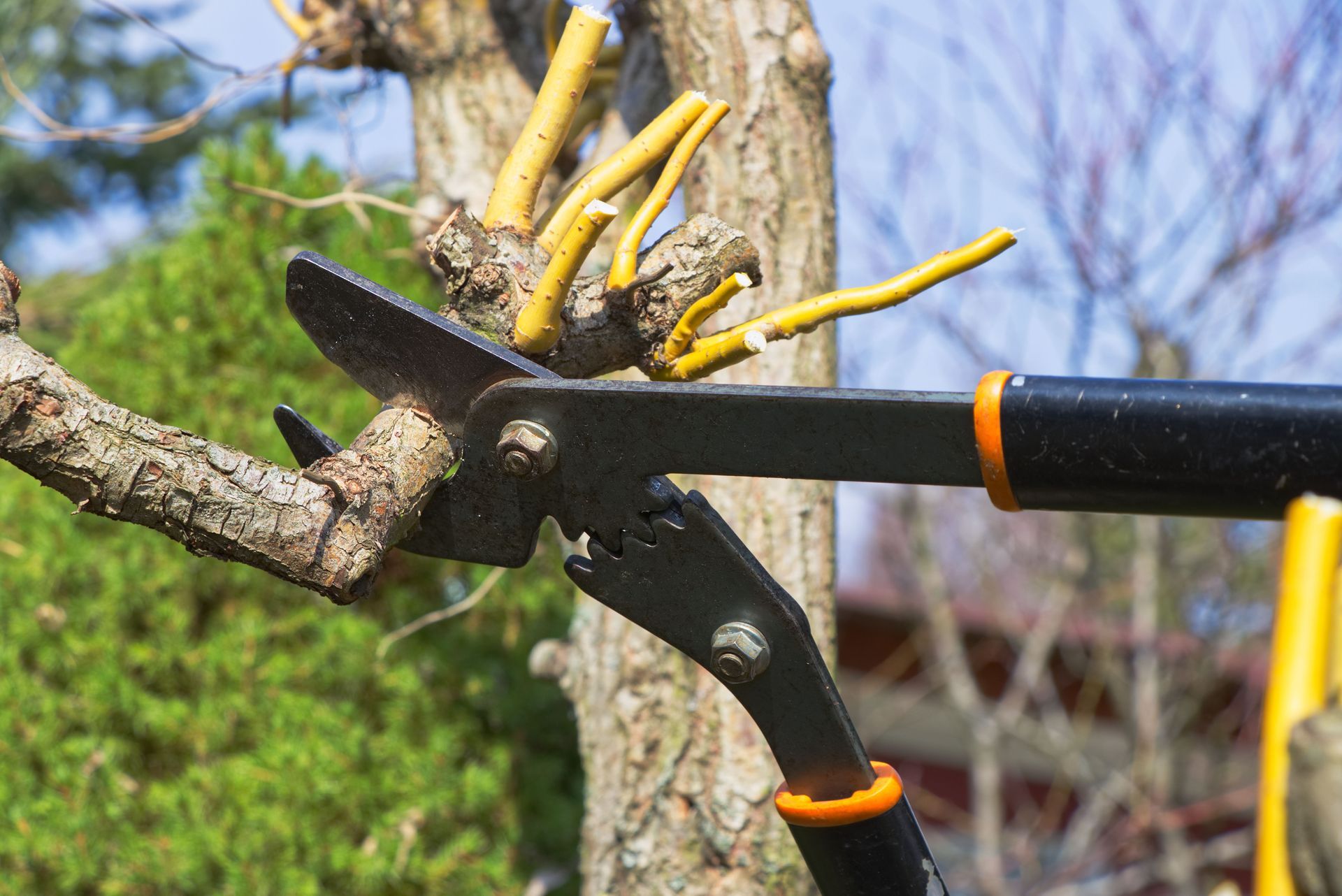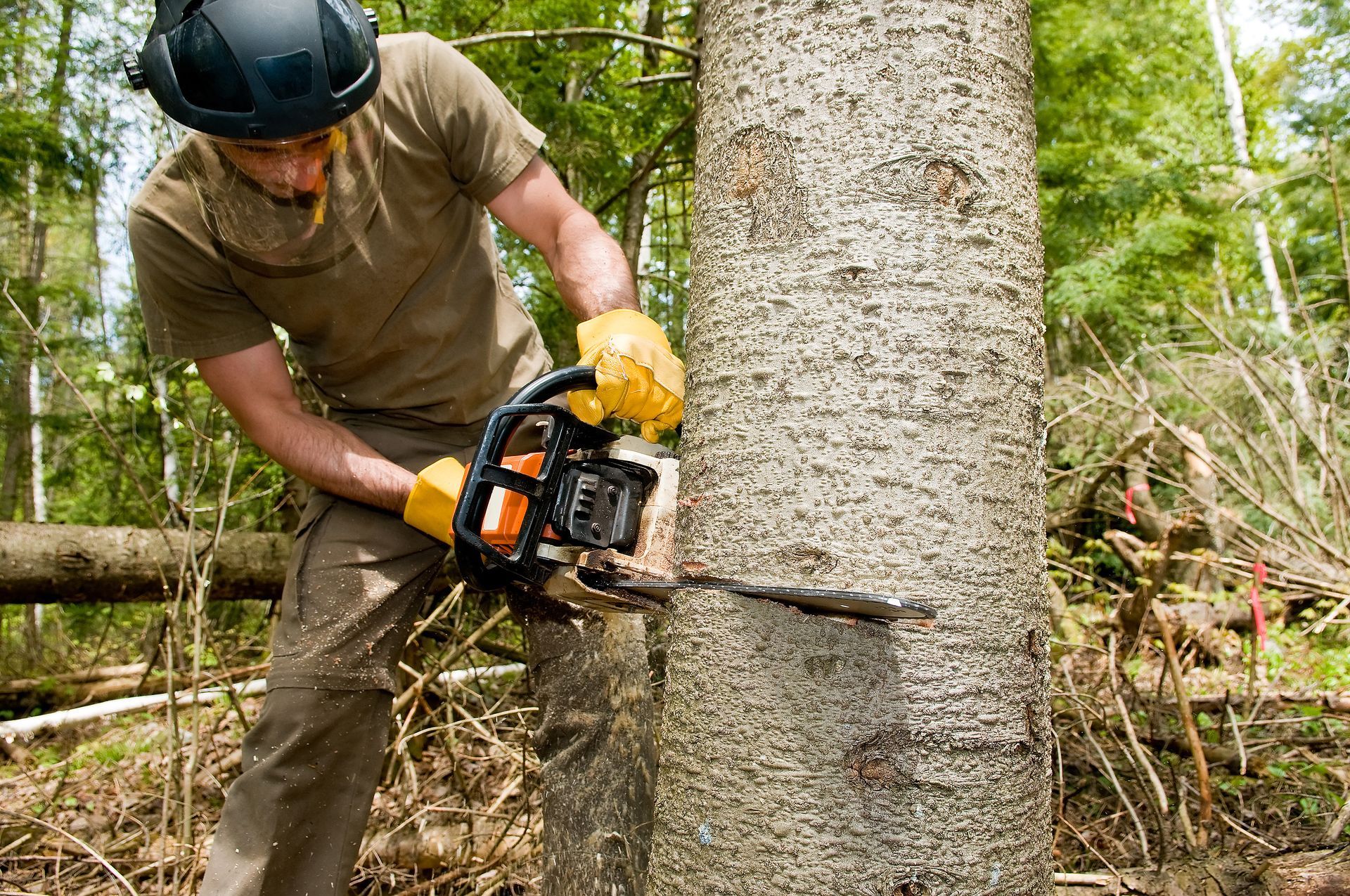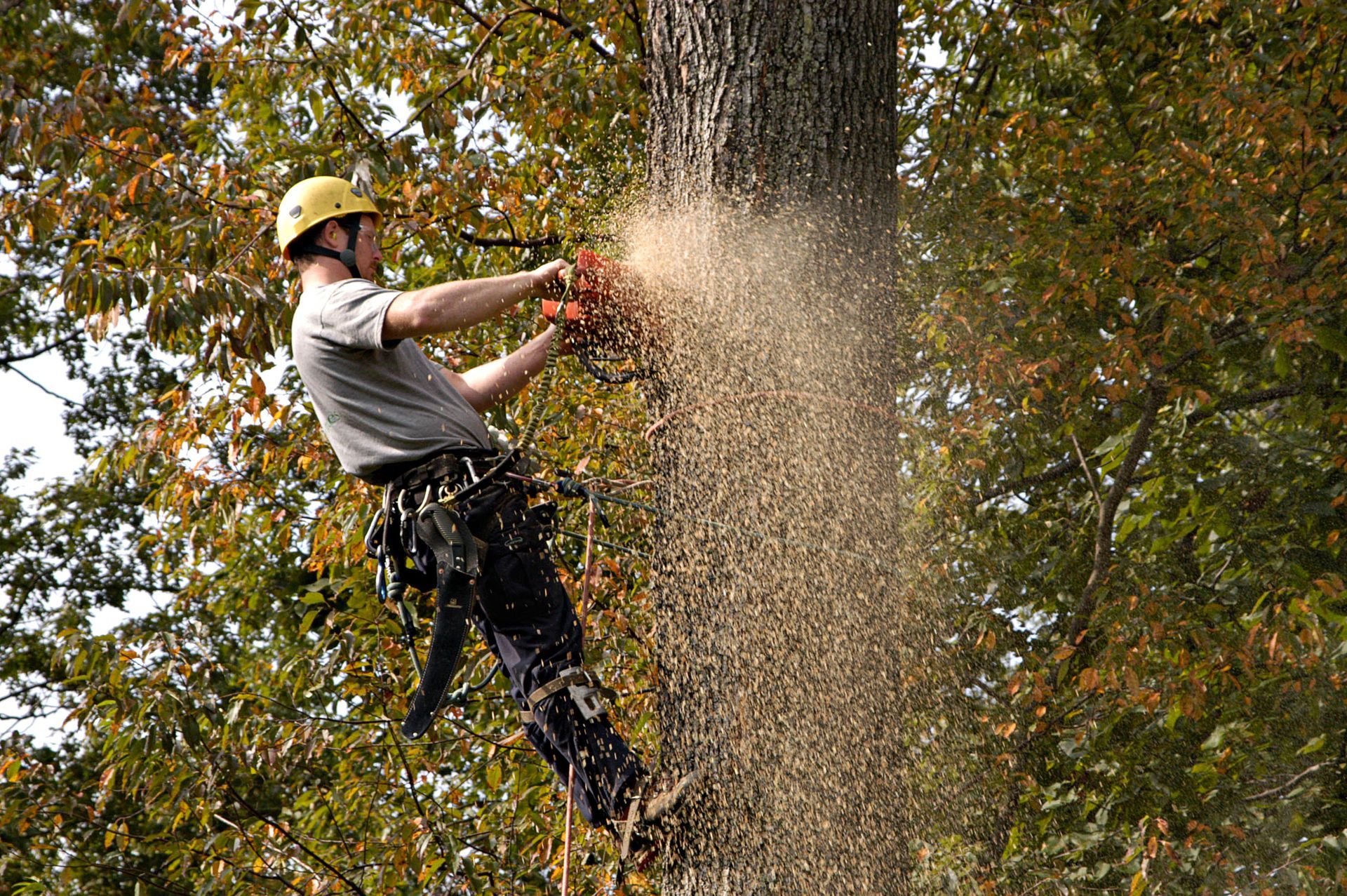September 29, 2025
Delaying tree removal might seem like a cost-saving option, but it can lead to a range of hidden expenses that homeowners often overlook. These costs can accumulate over time and result in financial, environmental, and even legal repercussions. Let's take a moment to explore the multifaceted costs associated with procrastinating on removal by a professional tree service, helping you make an informed decision.
1. Foundation Issues
Tree roots, despite their seemingly harmless appearance, can wreak havoc beneath the surface by penetrating and damaging foundation structures. As roots grow, they can exert pressure on foundations, causing cracks and even shifting the structural stability of homes. This ultimately may result in expensive foundation repairs, costing thousands of dollars. Additionally, signs of foundation issues, such as uneven floors and cracked walls, can deter potential buyers and reduce property value. Thus, addressing tree proximity with your local tree service to foundations is essential for maintaining your home's structural integrity.
2. Roof Damage
Overhanging branches pose a significant risk to roofing materials by causing physical damage during storms or strong winds. Branches can scrape against roofs, wearing away shingles and leading to leaks and water damage. A compromised roof invites further issues such as mold growth and insulation damage, increasing repair costs considerably. Beyond the immediate repair costs, such damage can also lead to higher energy bills as it affects a home's thermal efficiency. Proactive tree management provided by a local tree service, therefore, serves as a preventative measure against such costly repairs.
3. Driveway and Pavement Cracks
Exposed tree roots are notorious for disrupting paths by elevating surfaces and creating cracks in pavements and driveways. These uneven surfaces pose a safety hazard, increasing the risk of trips and falls for family members and visitors alike. Ignoring the problem can lead to expensive concrete repairs and potential liability issues if someone sustains injuries on your property. Moreover, such visual detriments can decrease curb appeal, which might impact resale value negatively. Ensuring that trees are appropriately positioned away from driveways and pavements is a critical consideration for property maintenance.
4. Siding and Wall Problems
Branches scraping against the walls can gradually lead to the deterioration of siding materials, causing aesthetic and structural concerns. This continual friction can wear down paint and damage other protective coatings, leaving the building vulnerable to weather elements. The repair costs for replacing damaged siding materials can be significant, particularly if substantial sections need attention. Additionally, deteriorating siding can affect thermal performance, further exacerbating heating and cooling expenses for the homeowner. Therefore, routine inspection and maintenance by your local tree service is vital in mitigating these risks.
5. Outbuilding Risks
Sheds and garages, like main residential structures, are also at risk from nearby trees, as their roofs and walls can sustain damage from falling branches. These outbuildings often house important tools, vehicles, and equipment that can incur damage due to unchecked tree-related risks. The financial impact extends beyond structural repairs, encompassing the potential replacement costs of any damaged items. Consistent maintenance of tree growth around these structures can safeguard not only the physical buildings but also their valuable contents. Therefore, outbuildings should be included in regular tree risk assessments conducted around the property.
6. Rodent Habitats
Decaying trees often become ideal habitats for rodents, offering shelter and safety from predators. As trees decay, they create hollows and nesting areas that provide rodents with ample space to thrive. These rodents can eventually find their way into homes, leading to infestation problems that require costly pest control measures to resolve. Such invasions can compromise food safety, property cleanliness, and overall health, emphasizing the need for prompt tree removal when decay sets in. Proper tree maintenance by a local tree service helps mitigate the risks of creating such habitats, protecting your home from rodent invasions.
7. Insect Breeding Grounds
Dead wood serves as a perfect breeding ground for various insects, including termites, ants, and beetles. These insects often multiply rapidly, spreading to surrounding structures and causing extensive damage if left unchecked. The financial implications of termite infestations, for example, can be devastating, often necessitating costly treatments and repairs. Moreover, neglected insect colonies can weaken tree integrity, heightening the risk of falling trees and branches. Thus, timely tree removal is essential in controlling the spread of insects and reducing expensive eradication efforts.
8. Disease Transmission
Pests carried by trees can potentially introduce diseases to other plants, affecting the health and survival of both ornamental and crop plants in the vicinity. These diseases can spread quickly, wiping out entire plantings, which is particularly damaging to agricultural gardens and landscapes. Property owners may face reduced yields and aesthetic value, incurring additional costs to eradicate diseases and replace affected plants. Furthermore, such outbreaks can impact biodiversity and potentially alter local ecological balances. Effective tree management, including timely removal, helps mitigate the risk of disease transmission to surrounding flora.
9. Added Pest Control Costs
Delays in tree removal often lead to increased pest management expenses, which tack on additional financial burdens over time. Once pests have infiltrated a property, multiple treatments may be necessary to control the population, exacerbating costs. Hiring pest control professionals frequently becomes inevitable, leading to recurring expenses that outweigh initial tree removal costs. According to Lawn Love, removing a small tree usually takes one to two hours, while a large tree can take three to four hours, signifying a cost-effective approach against hefty pest control bills. By prioritizing tree upkeep with the help of a tree service, homeowners can avoid unnecessary pest-related expenditures.
10. Liability Issues
Property damage to others' homes or vehicles due to falling tree debris can lead to lawsuits and financial liabilities for homeowners. If deemed negligent, property owners may be held accountable for damages and repairs, leading to significant legal expenses. Neighbor disputes over responsibility and negligence can further strain community relations and increase stress levels for involved parties. Homeowners insurance might offer some protection, but premiums could rise, resulting in long-term financial impacts. Responsive tree care and removal play a critical role in mitigating liability concerns and maintaining neighborhood harmony.
11. Increased Insurance Premiums
Damage resulting from delayed tree removal can lead to increased home insurance costs as insurers adjust rates to reflect elevated risks. Claims history and property damage potential influence premium calculations, with higher rates reflecting perceived risk levels. Significant tree-related incidents may limit insurance providers' willingness to cover certain properties, leading to coverage challenges. Proactive tree management can serve as evidence of risk mitigation, potentially influencing favorable insurance assessments. Homeowners who prioritize safety and maintenance often experience more stable insurance options and better financial outcomes.
12. Decreased Property Value
Unsightly trees can reduce home appraisal values by affecting a property's visual appeal and marketability. Appraisers may consider tree health and maintenance as factors in determining overall property value during assessments. Furthermore, prospective buyers may be deterred by visible tree-related damage or anticipated repair and maintenance needs. Investing in the upkeep of landscapes ensures more attractive and valuable real estate holdings. As such, homeowners should prioritize removal provided by a local tree service to maximize property profitability and curb appeal.
The decision to delay tree removal can have far-reaching consequences that extend well beyond the initial savings. From financial burdens to environmental impacts and safety risks, the costs are diverse and often substantial. By understanding these hidden costs, homeowners can make informed choices that benefit their property, the environment, and their personal well-being. Make the wise move and invest in your property by scheduling tree removal with Jim's Tree Service, Inc. We can get you started today with a free estimate!
